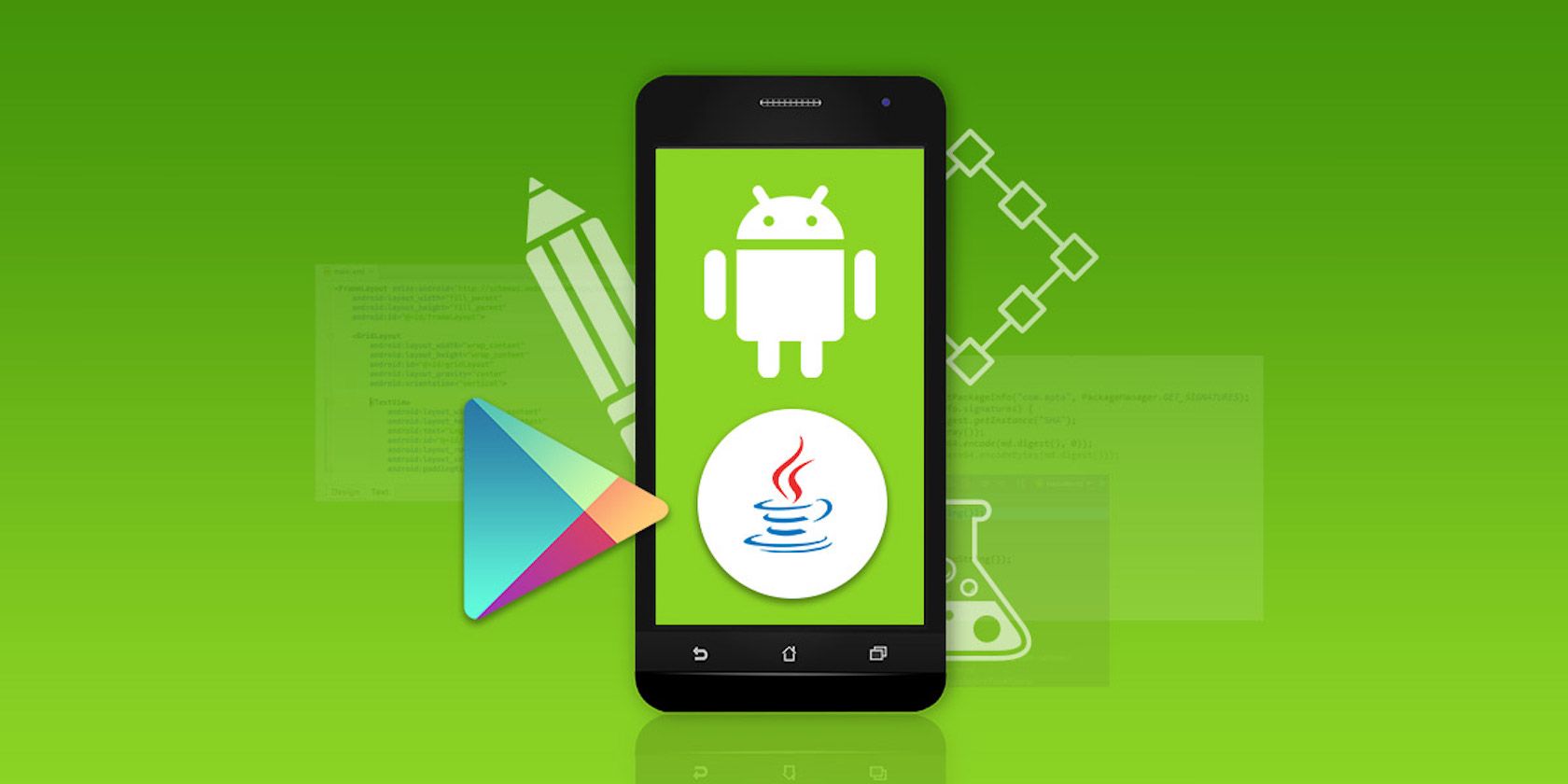Creating an Android App: A Comprehensive Guide to Build Your Own Mobile Application

Are you eager to develop your own Android app? With the ever-rising popularity of smartphones, having a mobile application can significantly boost your business or simply enhance your personal projects. In this comprehensive guide, we will walk you through the entire process of creating an Android app, from conceptualization to deployment, ensuring that you have all the necessary knowledge to bring your app idea to life.
Before diving into the technical aspects, it is crucial to understand the fundamentals of app development. We will start by exploring the benefits of creating an Android app and the immense potential it holds. Whether you are an aspiring developer looking to kickstart your career or a business owner aiming to expand your reach, understanding the advantages of Android app development is vital in today's digital landscape.
1. Defining Your App Idea
In this section, we will guide you through the process of defining and refining your app idea. We will discuss how to identify your target audience, conduct market research, and analyze your competitors. By the end of this session, you will have a clear picture of what your app will offer and how it will stand out in the saturated app market.
2. Sketching and Wireframing
Before delving into coding, it is crucial to visualize your app's interface and user experience. In this session, we will explore the importance of sketching and wireframing. We will introduce you to user interface (UI) and user experience (UX) design principles, as well as various tools that can assist you in creating visually appealing and intuitive app layouts.
3. Choosing the Right Development Tools
With numerous development tools available, selecting the most suitable ones can be overwhelming. In this session, we will guide you through the process of choosing the right development tools based on your app's requirements, your skill level, and the resources available to you. We will explore popular Integrated Development Environments (IDEs), programming languages, and frameworks used in Android app development.
4. Setting Up Your Development Environment
Before writing a single line of code, you need to set up your development environment properly. In this session, we will provide step-by-step instructions on installing the necessary software, configuring emulators or physical devices, and ensuring that your development environment is ready for coding. We will cover both Windows and Mac operating systems.
5. Understanding Android App Components
Android apps are composed of various components that work together seamlessly. Understanding these components is essential for building a robust and efficient app. In this session, we will delve into activities, services, broadcast receivers, and content providers, explaining their roles and how they interact with each other.
6. Coding Your App: Building the Foundation
Now comes the exciting part – coding your app! In this session, we will guide you through the process of building the foundation of your app. We will cover topics such as creating activities, handling user input, managing data with SQLite databases, and navigating between screens. By the end of this session, you will have a functional app with basic features.
7. Enhancing App Functionality with APIs
If you want to integrate external services or access device features, leveraging APIs (Application Programming Interfaces) is essential. In this session, we will explore how to integrate popular APIs into your app, enabling functionalities such as location services, social media sharing, push notifications, and much more.
8. Designing a Captivating User Interface
A visually appealing and user-friendly interface can make or break your app's success. In this session, we will dive deeper into UI design principles, exploring color schemes, typography, iconography, and layout guidelines. We will also discuss techniques for ensuring a consistent user experience across different devices and screen sizes.
9. Testing and Debugging Your App
Before releasing your app to the world, thorough testing and debugging are crucial to ensure a smooth user experience. In this session, we will guide you through various testing techniques, including unit testing, integration testing, and user acceptance testing. We will also explore common debugging tools and strategies for identifying and fixing potential issues.
10. Deploying Your App to the Google Play Store
Congratulations! Your app is ready to be unleashed to the world. In this final session, we will walk you through the process of publishing your app on the Google Play Store. From creating a developer account to optimizing your app's listing and managing updates, we will cover everything you need to know to make your app available to millions of Android users.
In conclusion, creating an Android app is an exciting and rewarding journey. By following this comprehensive guide, you are equipped with the knowledge and tools necessary to bring your app idea to fruition. Whether you are a beginner or an experienced developer, building an Android app offers immense opportunities, and we cannot wait to see the innovative apps you create!